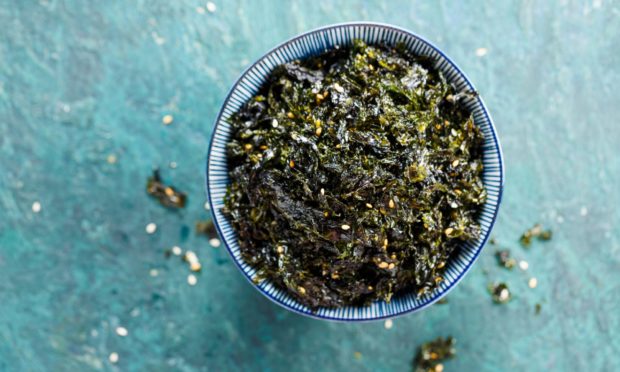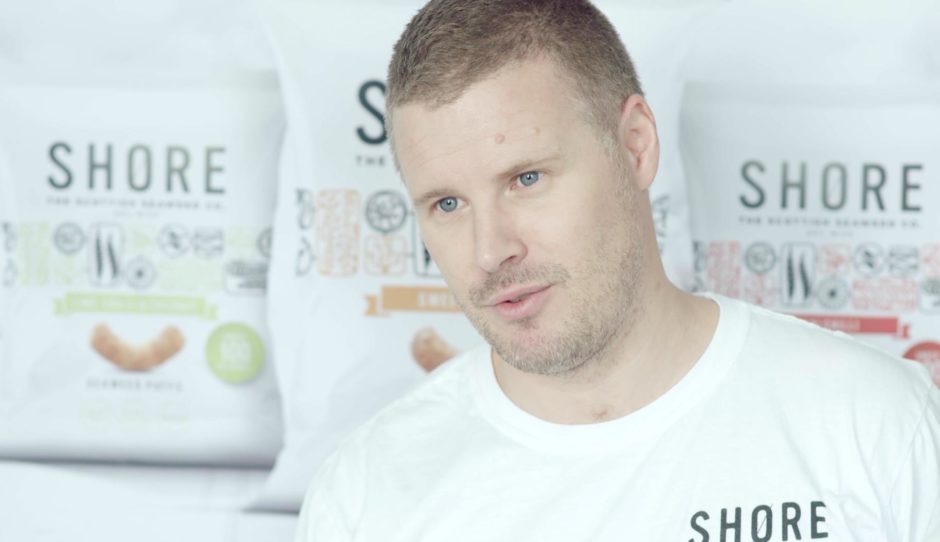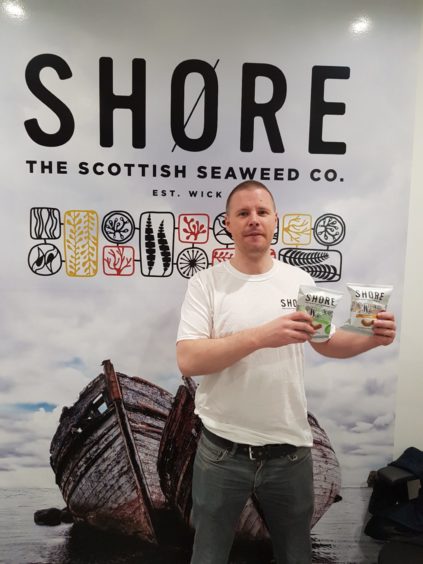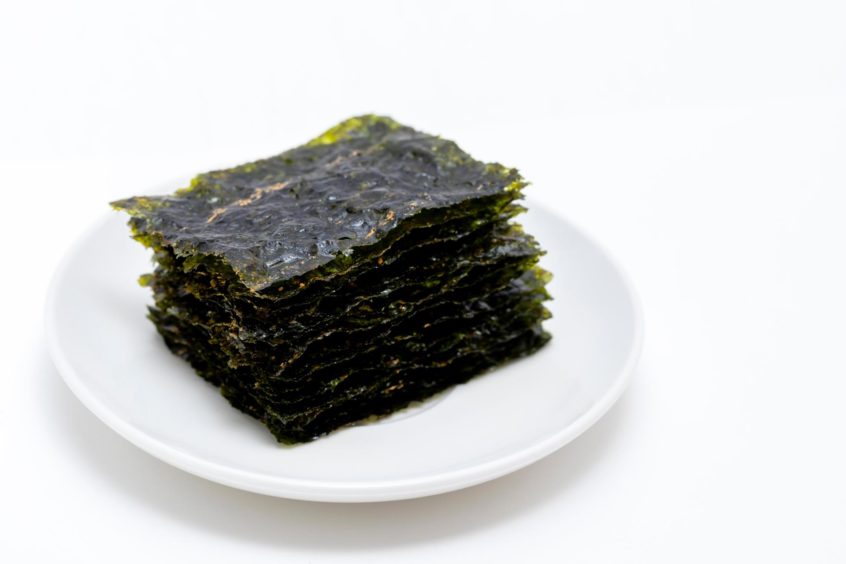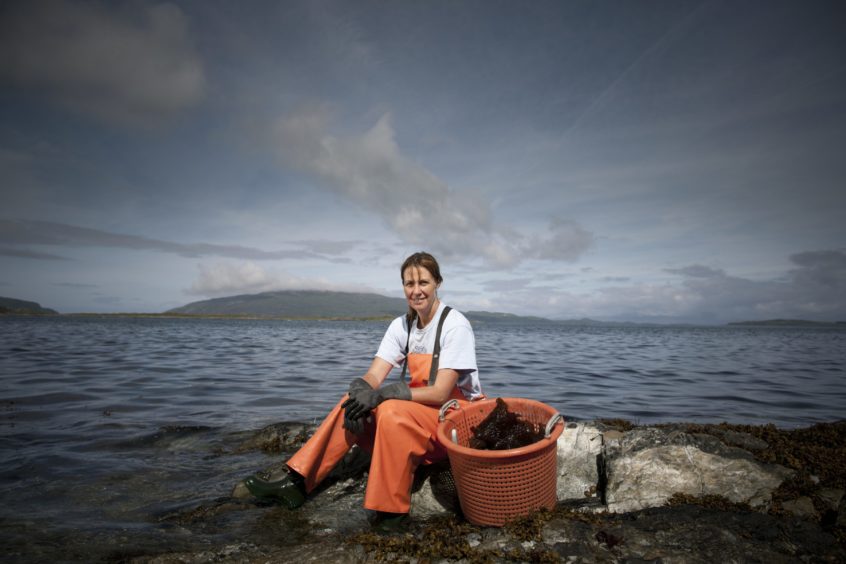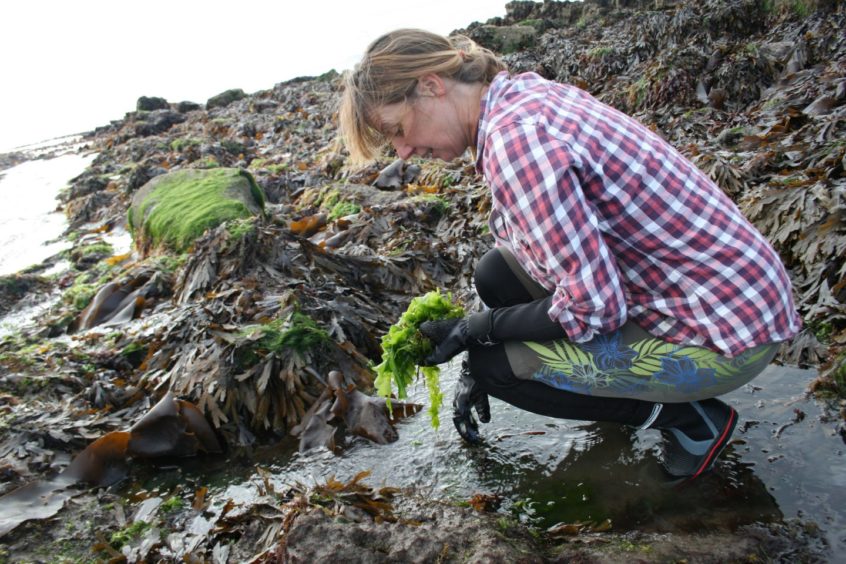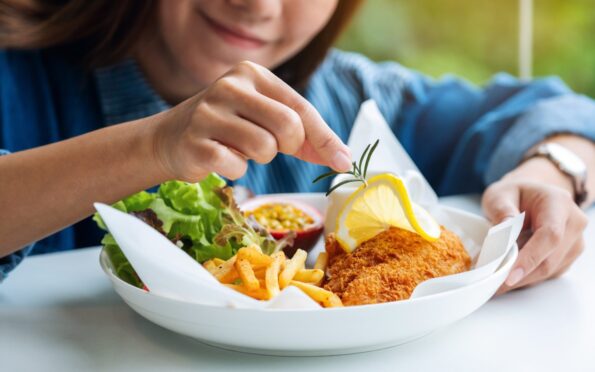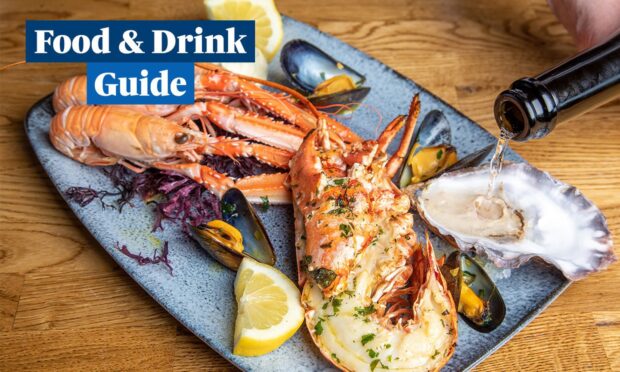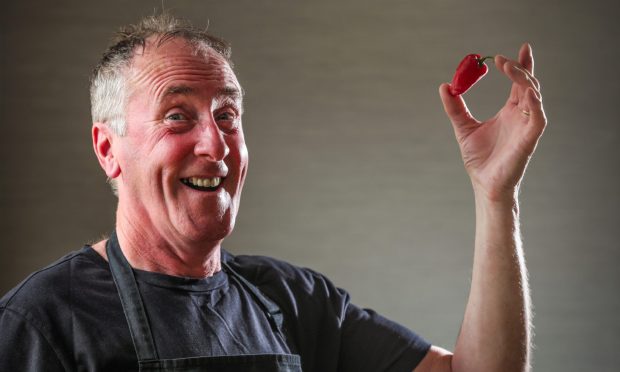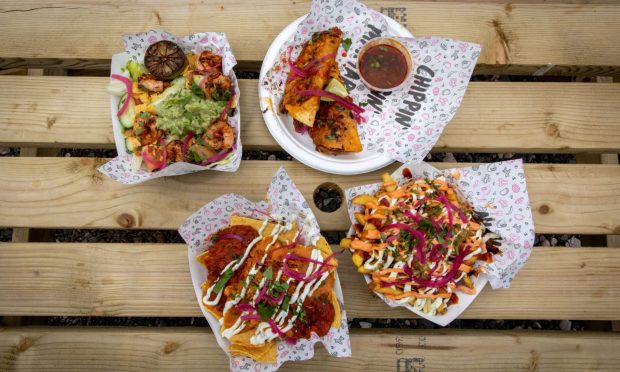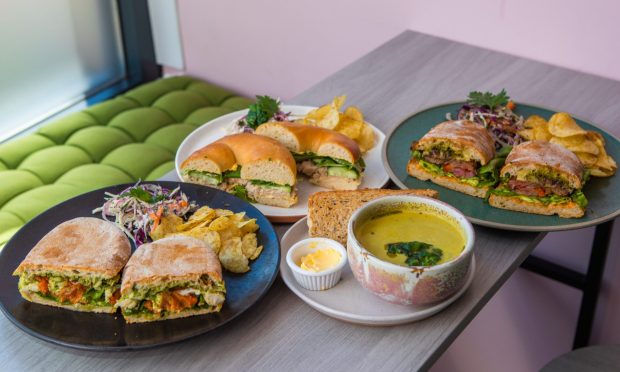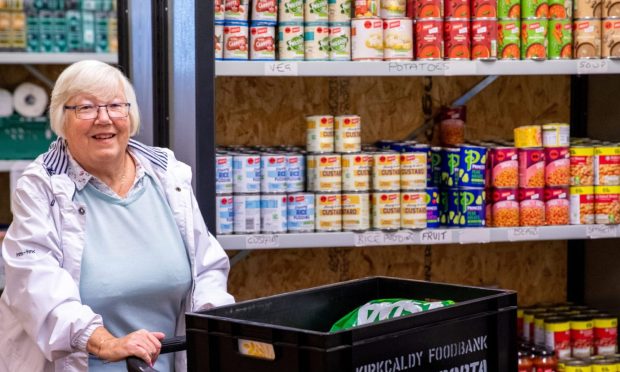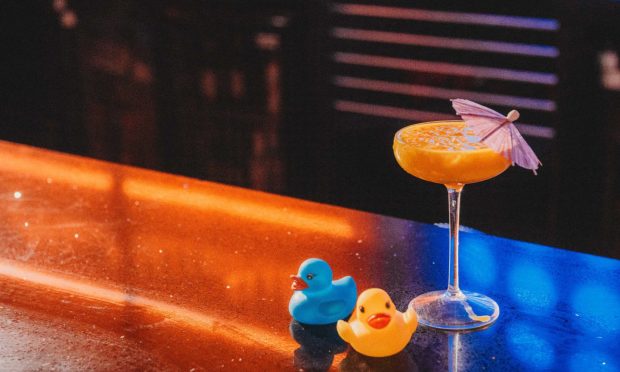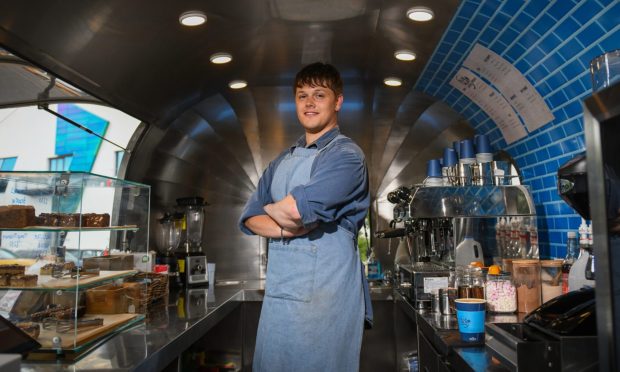As Waitrose reveals a surge in seaweed sales last year, we speak to Scottish producers to find out why the local delicacy is proving so popular.
Earlier in the year, supermarket chain Waitrose declared that seaweed is going to be the superfood of 2021, after sales soared by 25% in 2020 compared with 2019, and were up 70% on sales in 2018.
As more people turn to plant-based diets, and movements such as Veganuary gain traction, the health benefits of seaweed are almost unmatched when it comes to finding nutritious ingredients.
Found on rocky coastlines, seaweed has really only been associated in previous years with Asian cuisine, but experts on this side of the globe are starting to make the case that this “local superfood” is one we need to start paying more attention to in our diets.
Managing director of Shore Seaweed, Keith Paterson, says that the upsurge in people buying seaweed in 2020, doesn’t come as a surprise as more consumers are turning to plant-based diets.
Keith says: “I think a number of things come together. The first thing is that it plays into the trend of plant-based eating and seaweed is one of the most nutritional plants on the planet so it’s got masses of good-for-you minerals, antioxidants and is really good for your gut health. So it plays into all those sorts of trends.
“Also, particularly for vegans and vegetarians, it’s high in iodine, which is a nutrient we really lack in our diets. Iodine is really important for thyroid health and we’ve seen a lot of people who follow a plant-based diet use seaweed as a way of getting iodine into their diets as it usually comes from dairy and fish.
“Another thing is that I think people are getting used to eating ‘food of the world’ and I think a lot of people associate seaweed with Asian cuisine and people are becoming more familiar with it, such as with sushi or ramen soup.”
Cooking with seaweed
Keith’s Wick-based business includes creating snacks and other food products that contain seaweed as an ingredient, so that people can become more familiar with the crop and the way it can be used in cooking.
He says: “I think our familiarity with seaweed still has a long way to go. When we do customer research, a lot of people love the sound of seaweed, love the idea and the nutritional benefits, but one of the biggest barriers is that they don’t know how to cook with it.
“It’s also one of the reasons why we as a company put seaweed into ready-to-eat products like crisps and pestos, things that people already know how to use. Seaweed also has a very strong flavour so if you don’t use it properly, you’re going to be put off.
“There is a huge flexibility in uses, from soups and stocks, through to snacking but we can’t expect consumers to understand that overnight. So really it’s about people in the seaweed industry being much more innovative with their products to make it easier for consumers to consume seaweed. As people become more familiar then they might become more confident in cooking with it.”
Harvesting a superfood
Making the seaweed found on Scotland’s coastlines into something edible isn’t as easy as picking it up from the beach. In fact, there are many stages that the crop has to go through before they end up in Shore Seaweed’s products, such as their pestos and seaweed chips.
Keith adds: “For seaweed to become edible, the process it goes through is quite complex. As a new industry in the UK a lot of regulations have to be put in place. Different species of seaweed all have their own season as well. We only harvest for three months of the year when it’s in its prime – that means it’s growing, it’s not reproducing and therefore it’s going to be much clearer seaweed and much nicer to eat.
“We harvest about 12 different species of seaweed that all have different flavours. They all have the same health benefits too, but to varying quantities.”
“We only hand harvest the seaweed and we make sure that this is only done in areas that are remote, away from pollution and away from where there may be any streams coming off from the land. That’s really important as seaweed wants to absorb any pollutants in the atmosphere or in the water – that’s why it’s so nutritious, it absorbs the nutrients in the water, but also the nutrients.
“It’s also why our seaweed comes from Wick. We test all the seaweed and the water we harvest it from. It’s quite a rigorous process as we will then take it back to our factory where we clean it and then dry it so it becomes a shelf-stable product and will last for a number of years.”
Sparking a conversation
Despite the spike in sales last year, there is still a long way for us to go before we start seeing seaweed as a “local superfood”, as Keith says.
“For people to become more aware of the benefits of seaweed, it all comes back to telling the story. You see superfoods all around but a lot of them are under a bit of pressure because they come from abroad where the farming processes are causing some issues.
“There’s an opportunity in the UK where we can really position seaweed as a ‘local superfood’. It’s one of the few crops we have access to locally and is a true superfood. So it’s a combination of telling the story behind seaweed, how it’s so sustainable and the innovation around how to consume it.”
Health conscious
Fiona Houston, founder of Edinburgh-based Mara Seaweed – which harvests a lot of its product in Fife – and a board member at the Scottish Seaweed Industry Association, says the highly-nutritious crop has been a superfood for centuries, though more awareness of it is coming to the surface in 2021.
She says: “I think there are a number of different reasons as to why there’s been an increase in seaweed sales. I think people are becoming more health conscious and more aware of the benefits, especially since everyone has been cooking at home while they’re in the middle of the pandemic.
“People are also becoming a lot more adventurous in what they eat and are doing a bit more experimenting, especially in terms of Asian cooking and seaweed – even Scottish seaweed – is associated with that. Eating seaweed is not so alien as it used to be.
“Another big factor is the shift to plant-based eating, which is a massive switch in people’s eating behaviour.
“Seaweed is probably the most ancient superfood, not necessarily a new one. People along the Scottish coastlines were eating seaweed in their diets centuries before the word ‘superfood’ was coined.”
When it comes to incorportating it into our diets, it couldn’t be easier and, similarly to Shore Seaweed, the team at Mara Seaweed have created products that make it simple to use, such as their popular seaweed flakes and kombu powder.
Fiona adds: “It can be incorporated into the diet quite easily. At Mara Seaweed we’ve created some seaweed flakes that can be stirred into sauces and used as seasoning and easily incorporated into your everyday cooking. It adds flavour and actually reduces your salt content while giving you so many health benefits. The most obvious way is to cook seaweed and seafood together, but it can be equally used as part of a plant-based diet or stirred through pasta.
“It’s important to know that we aren’t talking about imported seaweed from Asia. This is our opportunity in Scotland to be involved with developing an industry around a natural resource that is so sustainable and so good for you. It fits in with the government’s UN development goals etc as seaweed captures around 50% more carbon than the tropical rainforest and doesn’t need any fertiliser. It’s just an extraordinary crop.”
More about seaweed…
